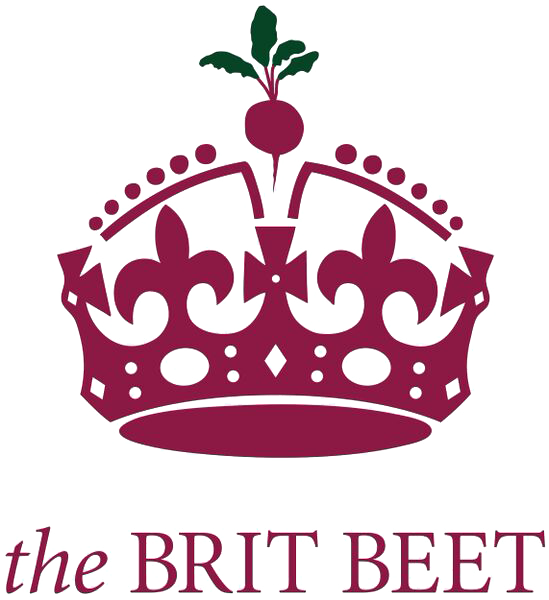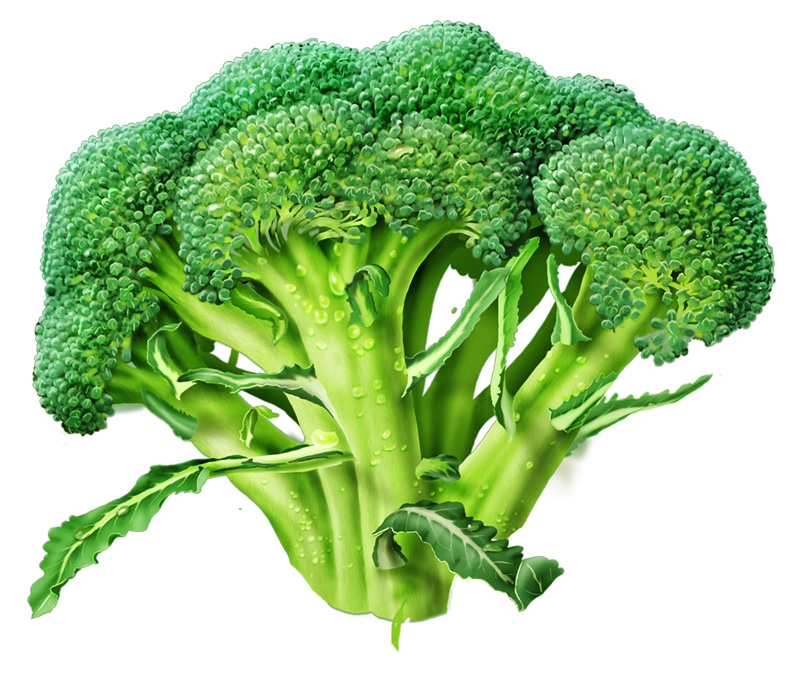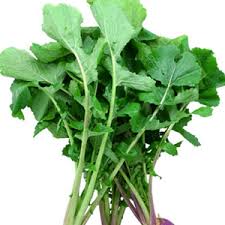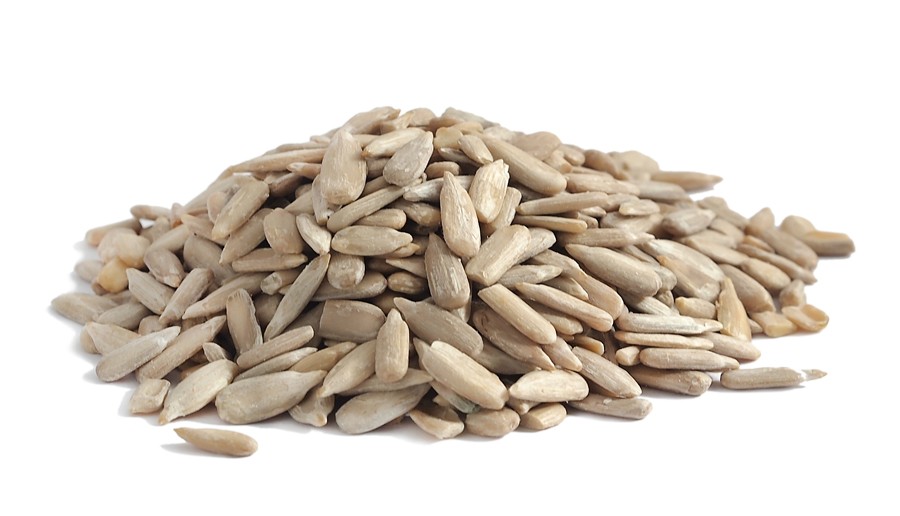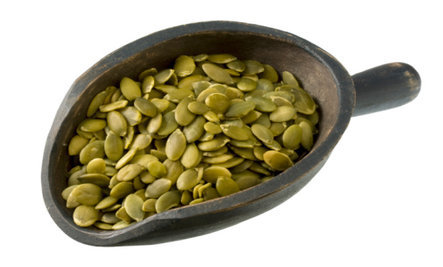As the current media darling of youthful skin, you may have heard of of bone broth, with its legendary benefits; digestive health and immunity-boosting, joint support and weight loss, to name a few.
According to Dr Kerryann Petrucci, New York Times best-selling author of 'The Bone Broth Diet', "When you eat bone broth, you’re really eating cooked collagen. This is a powerful way to restore collagen in your skin and make those wrinkles disappear. Sure, you could find a lot of products with "collagen" on the label, but dietary collagen is more potent — it mainlines collagen to your cells. Additionally, the gelatin derived from the collagen you get in bone broth heals your digestive tract which is a surefire way to prevent inflammation and aging skin."
When I first came across this proclamation, it sounded incredibly promising however I still wanted to dig a little deeper. Since there are, as yet, no scientific studies behind the nutritional wonders of bone broth, I turned to Sally Fallon of the Weston A Price Foundation, (author of the best selling cookbook, Nourishing Traditions) and Kaayla T. Daniels, PhD, CCN, co-authors of Nourishing Broths, a book touted as “an indispensable guide to the immense health benefits of bone broth.”
In their book, Fallon and Daniels attribute bone broth, replete with its collagen, marrow, bone and cartilage as, “the right stuff” for rebuilding and rejuvenating the body containing as it does, the key components of vitamins, minerals along with the amino acids glycine, proline and glutamine. They maintain that based on the principle, -‘like feeds like’-, “broth can ensure that our bones have strength and flexibility, our joints are cushioned and resilient and our skin a youthful plumpness.”
So I took a deeper dive into these key components to see what all the fuss was about:
COLLAGEN
Did you know that collagen is the most abundant protein in our bodies?
It’s literally the ‘glue’ that keeps our body together. It’s how our skin gets its strength, elasticity and youthful firmness. As we age, we naturally produce less collagen, which is why we start to struggle with sagging, wrinkled skin and creaky, stiff joints.
According to Fallon and Daniels, when we cook up a batch of bone broth with animal bones, we are literally breaking down collagen into gelatin - you know, that wiggly jelly-like substance at the bottom of the roast chicken, when its’ been refrigerated that is so unappetizing!. However, it is this very same gelatin that contains all the amino acids (proteins) that makes it so beneficial for our bodies.
In addition to more youthful and firmer skin, they assert that this high amount of collagen supports:
- Heart health through strong and supple arteries
- Healthy corneas
- Improved digestion through gut healing
- Greater immunity
Hey, needless to say, I was already sold on the collagen benefits but I kept digging into the other “right stuff”… marrow, bone and cartilage.
MARROW
Marrow, that creamy material found in the centre of bone, say Fallon and Daniels “is what we require, for healing and rejuvenation. It is the seedbed of blood and stem cells and is prized by native cultures all over the world as a sacred, energizing and regenerative food.” In Nourishing Broth, they cite evolutionary anthropologies Professor Leslie Aiello of University College London who states, “bone marrow is highly nutritious and contains many important elements for brain growth and development.” What we do know is that bone marrow is an essential part of the immune system, and that it contains a multitude of cells necessary for immune function and bone growth.
BONE
Bone broth, says Fallon and Daniels, “contains a variety of the bioavailable minerals which are easily assimilated and present in the appropriate ratios for bone building. Despite broth’s low calcium content, when it is combined with the high collagen content, this provides a cross-link important for whole bone strength and fracture resistance.”
It is important to stress that when we cook bone broth at home, we start by adding in two tablespoons of apple cider vinegar to the cooking water. We do this to help dissolve the bones, making the minerals more bioavailable. Remember, the amount of minerals in each batch of bone broth will vary depending on the animal bones we are using, where the animals were raised, the length of cooking time and the amount of bones used for one batch etc. It's NOT an exact science.
CARTILAGE
Cartilage, often described as gristle, has many vital roles – shock absorber, friction reducer and most importantly a framework for our bones. It derives its nutrients from synovial fluid and water, the latter being the chief component of cartilage (65-85%). Thus cartilage health is highly dependent on adequate water intake and exercise. According to Fallon and Daniels, "Once it is undernourished, cartilage that was once resilient and plump becomes worn down, dried out, cracked, stiff and inflamed. Then the bones that the cartilage was designed to protect start rubbing each other the wrong way, causing bone spurs, hardening, inflammation and pain. Drinking bone broth, which of course includes water, plus amino acids, collagen and other components, gives our bodies what it needs to manufacture healthy cartilage." They go on to say, "that providing the right constituents of cartilage – glycine, proline, glutamine, proteoglycans and other nutrients found in cartilage molecules, it makes it easier to prevent cartilage damage to begin with.”
So having looked at the “right stuff" in bone broth and the science behind its nutritious benefits, I decided to give it a go for myself.
I started simmering up large batches of bone broth, using various concoctions of organic chicken bones or grass fed beef bones and an assortment of organic vegetables.
And this is what I can tell you from my own personal observations over three months:
- I have never grown my nails this long or hard.
- Hair strands are NOT all over my coat when I go to put it on
- I’ve not had a cold or been sick in any way.
- My digestion and elimination is in tune (if you know what I mean!)
- I’m pushing hard in my exercises without the same amount of stiffness in my joints.
- I've notching my belt tighter (could be the weight bearing exercises too)
- And the other day I was given a big compliment on the glowing state of my skin!
Scientific studies or not, I get what the fuss is all about. Now excuse me, it’s time for my cup of bone broth.
